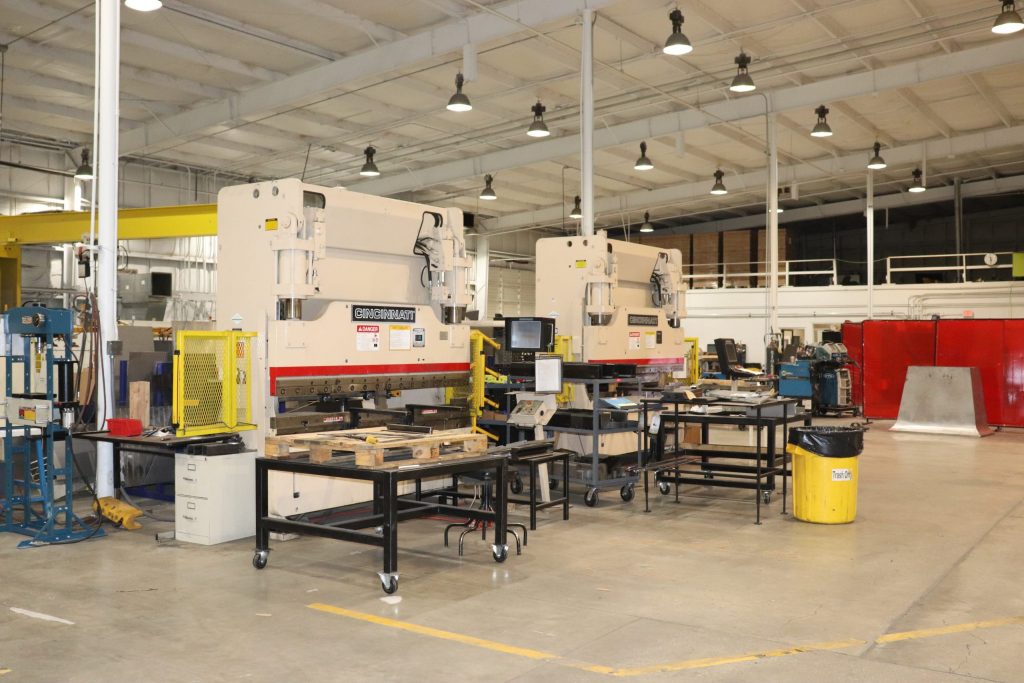
Laser cutting technology has transformed the landscape of metal fabrication, offering a precise and efficient method for cutting an array of materials with unparalleled accuracy. This innovative technology has revolutionized the industry by allowing for intricate designs and shapes to be created with ease, opening up a world of possibilities for manufacturers and designers alike. With its ability to cut through various metals, including steel, aluminum, and stainless steel, laser cutting has become the go-to method for producing high-quality metal components quickly and effectively.
One of the key advantages of laser cutting is its precision. The high-powered laser beam can be focused to a very small point, allowing for extremely intricate and detailed cuts to be made with minimal material wastage. This level of precision is especially beneficial for industries that require tight tolerances and intricate designs, such as aerospace, automotive, and electronics. Laser cutting also offers a high level of repeatability, ensuring that each cut is consistent and accurate, resulting in a superior finished product.
Another advantage of laser cutting is its versatility. The technology can be used to cut a wide range of materials, including metals, plastics, wood, and ceramics. This versatility makes laser cutting a valuable tool for manufacturers working across diverse industries, as it allows for a single machine to handle a variety of materials and applications. In addition to cutting, laser technology can also be used for engraving, marking, and welding, further expanding its capabilities and potential applications.
One of the most significant benefits of laser cutting is its efficiency. Traditional cutting methods, such as sawing or shearing, can be time-consuming and labor-intensive, often requiring multiple steps and processes to achieve the desired result. In contrast, laser cutting is a fast and efficient process that can be automated for increased productivity. With its high cutting speeds and minimal setup time, laser cutting allows for rapid prototyping and production, making it an ideal choice for manufacturers looking to streamline their operations and reduce lead times.
Laser cutting technology has also had a profound impact on the design process, enabling designers to create complex and intricate shapes that were previously impossible to achieve. The ability to cut intricate patterns and designs with precision has opened up new possibilities for product development and innovation, allowing designers to push the boundaries of what is possible in metal fabrication. By removing the limitations of traditional cutting methods, laser cutting has empowered designers to explore new concepts and create truly unique and innovative products.
Furthermore, laser cutting is a cost-effective solution for metal fabrication, offering a high level of accuracy and efficiency at a competitive price point. While the initial investment in laser cutting equipment may be significant, the long-term savings in labor, material wastage, and production time can quickly offset the upfront costs. In addition, laser cutting technology is highly efficient and requires minimal maintenance, reducing downtime and ensuring consistent performance over time.
In conclusion, laser cutting technology has unlocked the potential of metal fabrication by offering a precise, versatile, and efficient method for cutting a wide range of materials with unparalleled accuracy. This revolutionary technology has transformed the industry by enabling manufacturers to produce high-quality metal components quickly and effectively, while also empowering designers to create intricate and innovative products. With its ability to cut through various metals, offer high levels of precision and repeatability, and streamline the production process, laser cutting has become a game-changer in the world of metal fabrication, paving the way for new possibilities and advancements in manufacturing.
